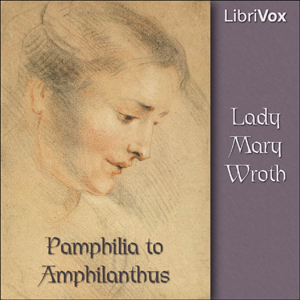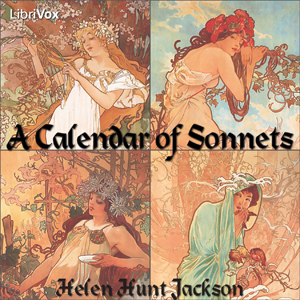- 01 -Part 01 (Sonnets 1-24, Songs 1-4)
- 02 – Part 02 (Sonnets 25-48, Songs 5-7)
- 03 – Part 03 (A Sonnet and Six Songs)
- 04 – Part 04 (Eleven Sonnets and Three Songs)
- 05 – Part 05 (A Crown of Sonnets Dedicated to Love)
- 06 – Part 06 (Four Songs and Nine Sonnets)
Pamphilia to Amphilanthus is the first sonnet sequence written by an Englishwoman. Published in 1621, the poems invert the usual format of sonnet sequences by making the speaker a woman (Pamphilia, whose name means "all-loving") and the beloved a man (Amphilanthus, whose name means "lover of two."). It is possible that Wroth based the story on her own fraught relationship with her cousin, William Herbert. (Summary by Elizabeth Klett.)
There are no reviews for this eBook.
There are no comments for this eBook.
You must log in to post a comment.
Log in











